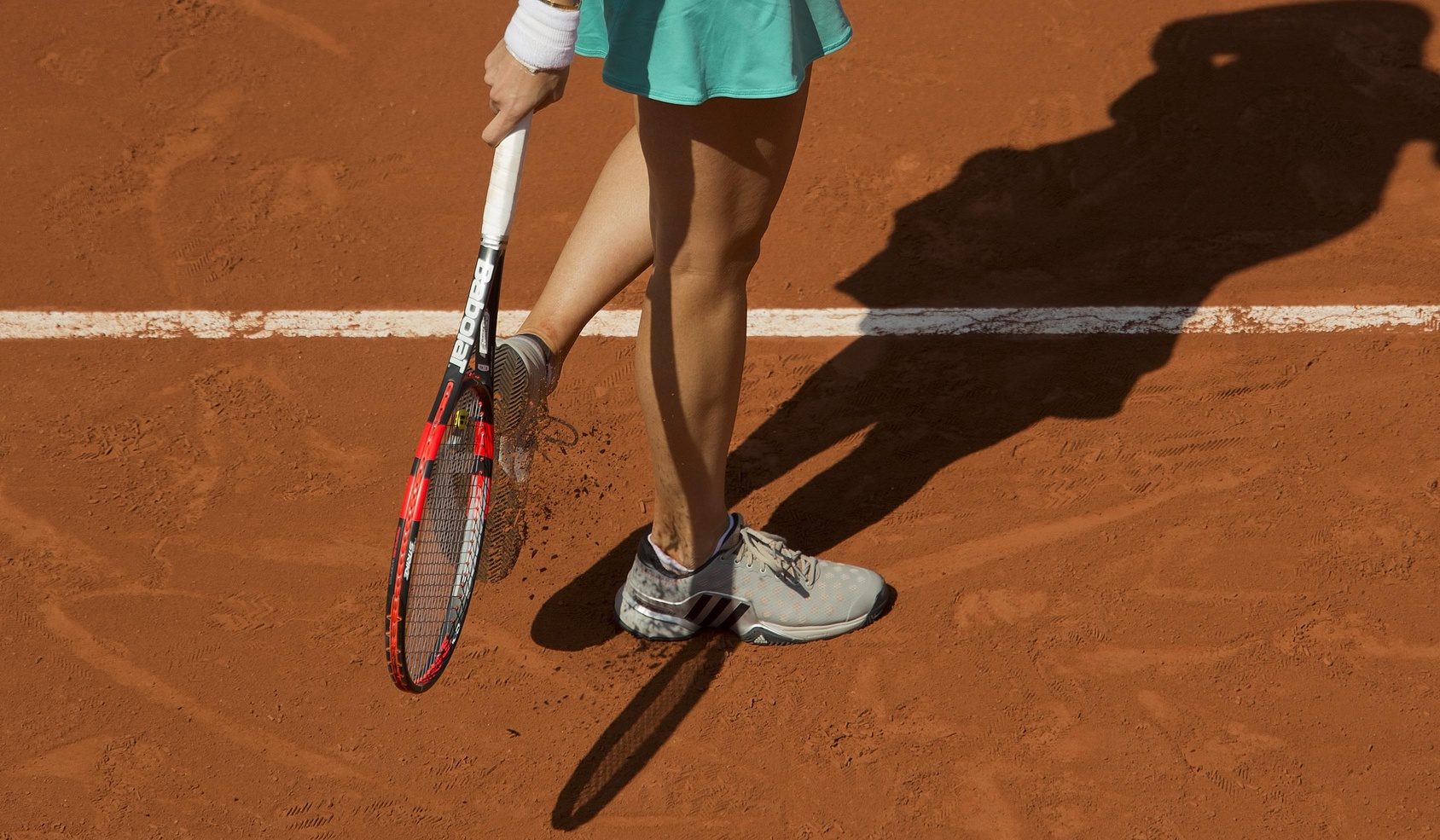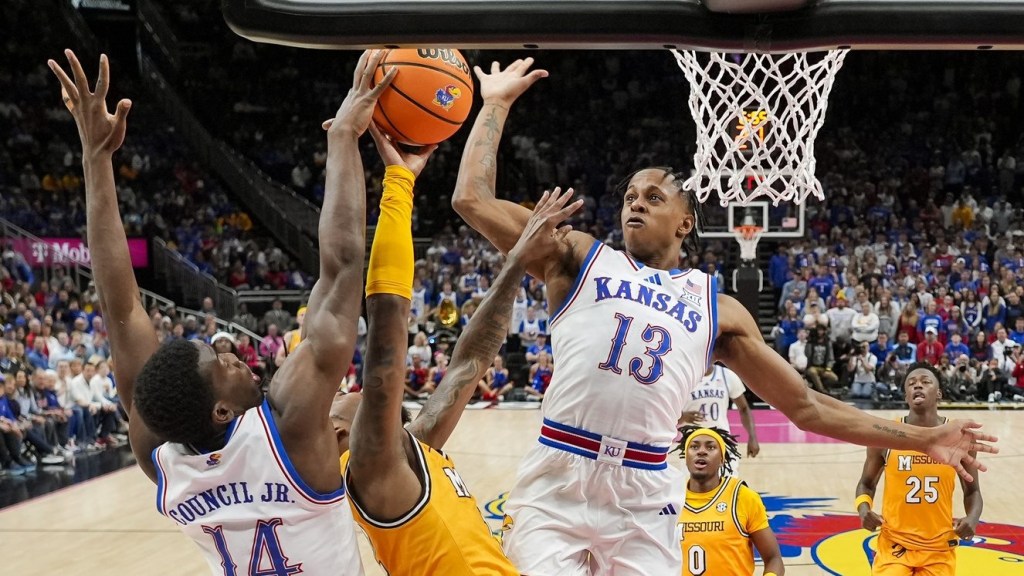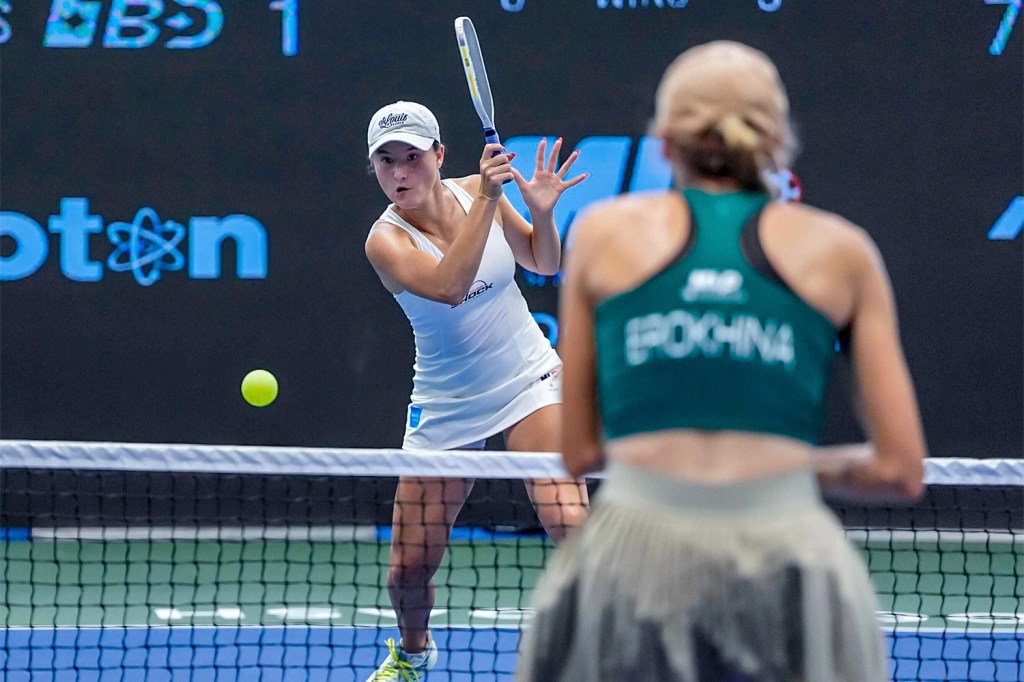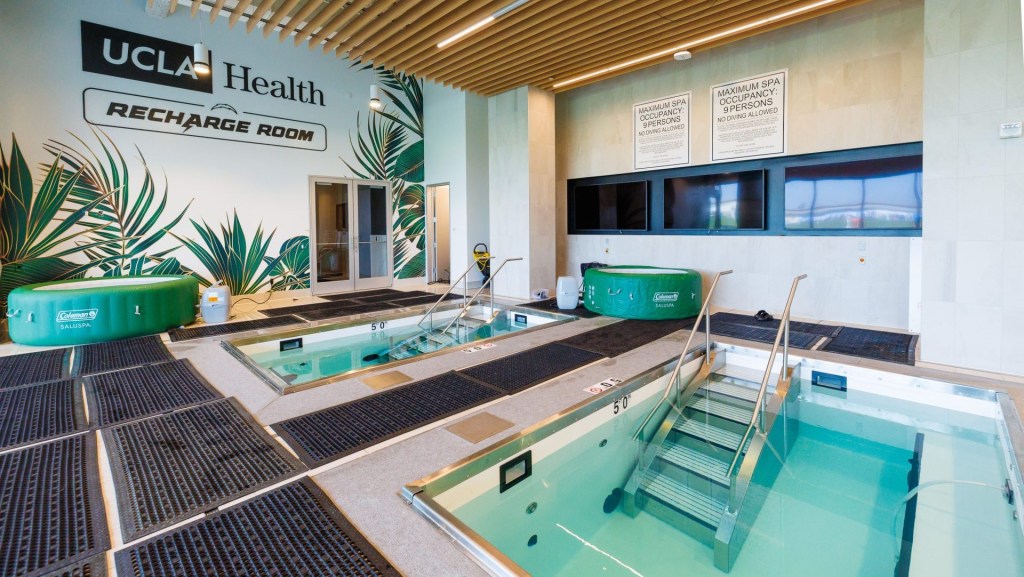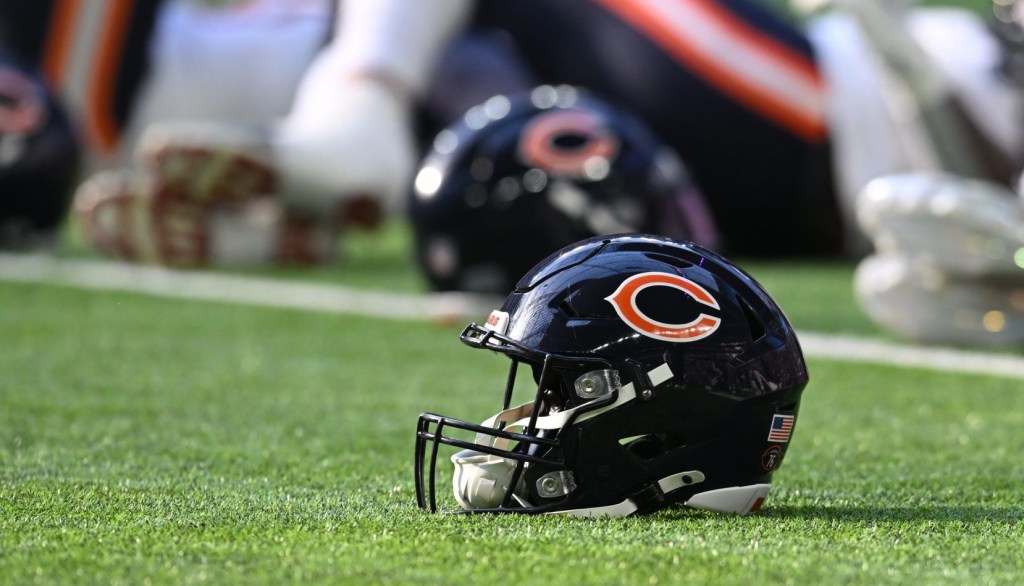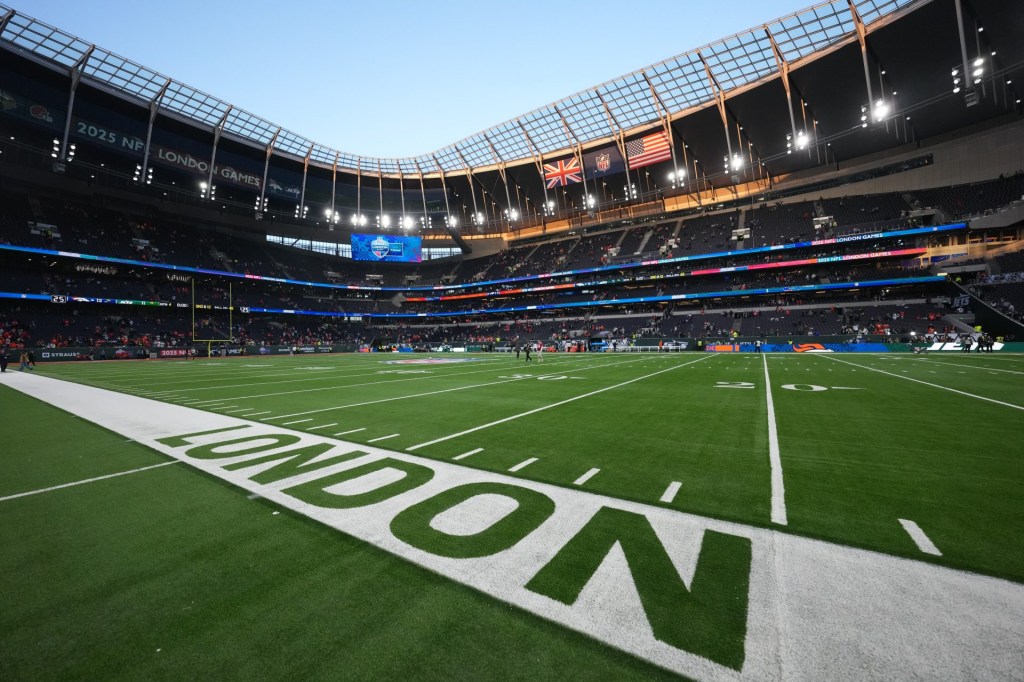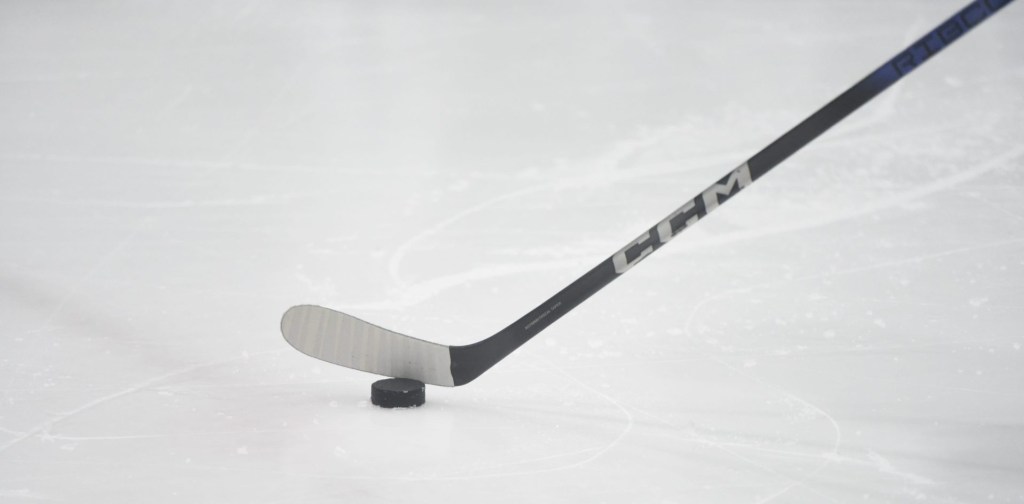The French Open is renowned for its clay courts, the only Grand Slam to use the delicate surface. The iconic red tabletop is complicated to maintain, requiring yearly reconstruction and daily upkeep that can differ from court to court. But the product brings out a different style of tennis, a slower game: more spinning and sliding.
The clay is not a thick layer of terra cotta, nor is it a whopping amount of Play-Doh mashed onto the ground. The clay is actually 80 centimeters thick (about two-and-a-half feet) of five different substances. Much of it is small stones, topped with crushed gravel, coal residue called clinker, crushed white limestone, and topped with a thin layer only about one or two millimeters thick of crushed red brick dust.
The bottom layers aren’t much work—they need to be changed only every 20 or 25 years, David Rebuffet, who oversees court management at Roland-Garros, tells Front Office Sports. But Rebuffet’s maintenance crews break the limestone every year through a complicated process involving a tractor on the court and cutting through the surface.
“Every court is different, for that it’s complicated compared to hard court,” says Rebuffet. “The clay, every time it’s different, every day.”
The daily maintenance begins around 6:30 a.m. to check all the courts and monitor the forecast for rain, wind, temperature, and sunlight. Weather can impact each court differently—even at the same time of day, clay in the sun or wind will require different caretaking than the shade, for example. Crews typically water the courts in the mornings and again before the evening session, and on drier days they might water them between sets. It’s important to keep the courts wet because a dry court speeds up the game, Rebuffet says, and because a wet court also looks better on TV.
It’s impossible to discuss the clay at Roland-Garros without mentioning Rafael Nadal. The Spaniard’s quickness, hard hits, and tactful spins made him one of the first players to truly dominate the clay game. The surface is hard to consistently master, and no men’s or women’s player in this year’s tournament has more French Open wins than Iga Świątek, who has won 4 times. Nadal won 14.
The 2025 tournament began with a ceremony celebrating the “King of Clay.” Nadal won €21,800,000 in French Open prize money over the years, which today translates to about $24.8 million.
On Monday, Novak Djokovic became the second player behind Nadal to win 100 times at the Slam. But he’s only won the tournament three times.
Outside of Chris Evert, who holds the most French Open women’s singles wins with seven, Americans usually find it hard to see consistent success at Roland-Garros. But this year, U.S. players have found their footing on both the men’s and women’s sides.
Two American men, Tommy Paul and Frances Tiafoe, reached the quarterfinals for the first time since Andre Agassi in 2003. (Agassi’s former trainer Gil Reyes once said playing on clay is like “playing tennis on a hardwood floor in socks.”) Americans Coco Gauff and Madison Keys are also meeting in the quarterfinals. Other American players Ben Shelton, Amanda Anisimova, Jessica Pegula, and Hailey Baptiste all reached the fourth round. The last time eight Americans reached the fourth round of Roland-Garros was 1985.
Rebuffet says he doesn’t have a favorite to win the tournament, nor does he get much time to watch matches because he’s constantly checking main courts and ones at the training centers. But whichever players find success on his clay, Rebuffet says there’s much respect for the idiosyncratic surface: “The players say that they are some of the greatest courts in the world, so that’s unbelievable for us.”
